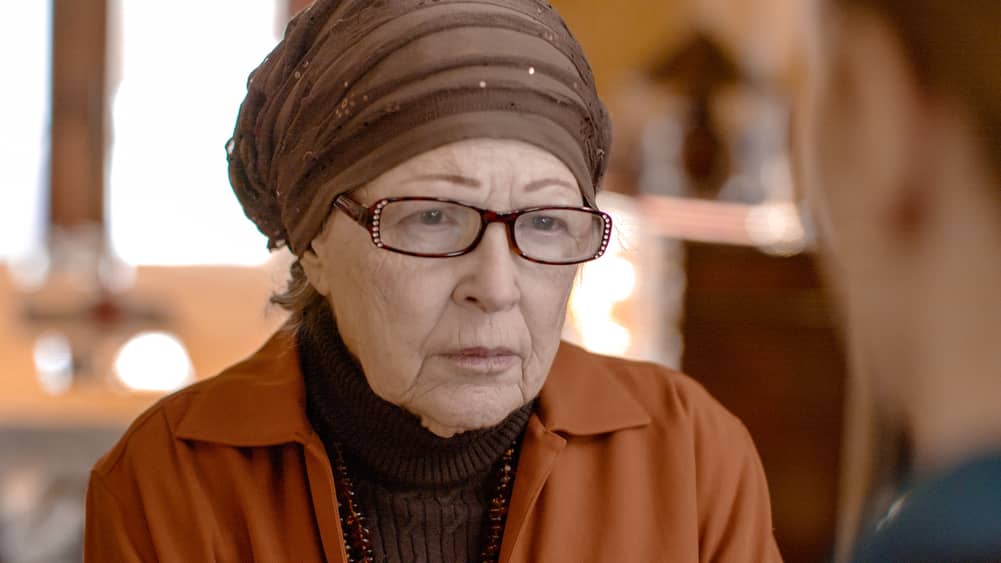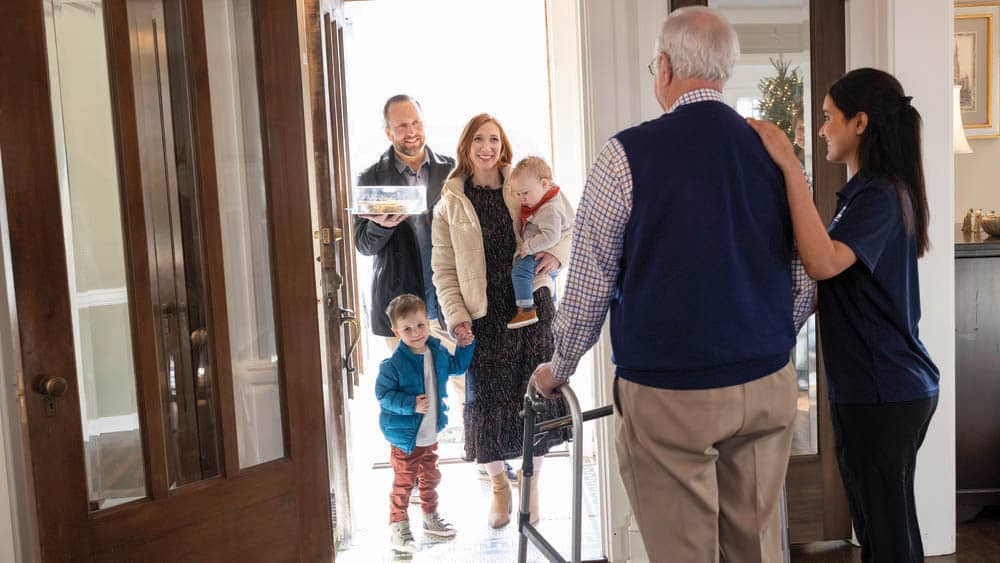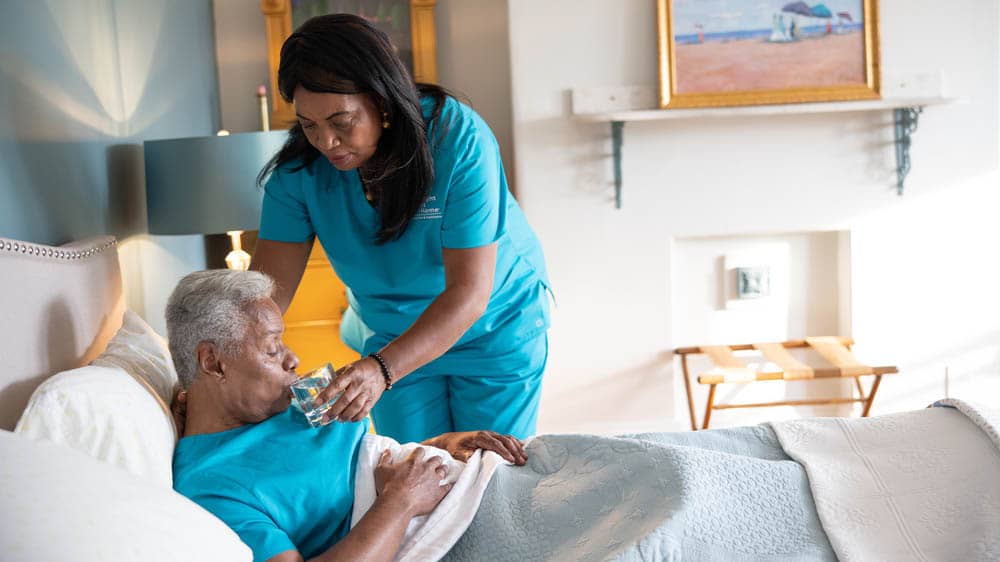

Support for Life After a Stroke
What to Expect When Recovering From a Stroke
More than 7 million Americans are survivors of a stroke, the “brain attack” that occurs when an area of the brain is cut off from normal blood flow. Every year in the United States, 800,000 people experience a new or recurrent stroke, and while some people recover completely from a stroke, nearly 70 percent of stroke survivors undergo rehabilitation to help recover from post-stroke disabilities such as limb weakness, paralysis, cognitive deficits or inability to speak.
Key Challenges for Stroke Survivors
World Stroke Day is October 29, and this year’s theme is “Support for Life After Stroke,” focusing on support and advocacy for stroke survivors and their caregivers. Dr. Mitchell Elkind, a professor and vascular neurologist at Columbia University in New York City and chair of the advisory committee to the American Stroke Association, divides the challenges of stroke survivors into four main areas:
1. Physical – “Physical challenges, like weakness, the inability to walk, a tendency to fall or trouble swallowing, affect daily activities,” Dr. Elkind said. “Pain can be a big problem after a stroke because a person’s shoulder is drooping, or they have pain from injury to the brain after a stroke, a central pain syndrome. Fatigue is also a common physical challenge after a stroke.”
2. Communication – A stroke can leave a person with slurred speech or with aphasia, a language disorder that impairs one’s ability to speak or understand others. Cognitive changes post-stroke can also affect a stroke survivor’s social interactions because of decreased attention and ease of distractibility. Engaging with others is also hampered, as some stroke survivors cannot control inappropriate behaviors or they repeatedly stay with one topic in conversation.
3. Emotional – “Extremely common are emotional challenges like depression that occurs in at least a third of people after a stroke,” Dr. Elkind explains. “Anxiety is another. Some people have PTSD after a stroke the way you might after another adverse life event. Some people have episodes of laughter or crying. All those things take their toll.”
4. Finances, Family, Social Roles, Etc. – Dealing with medical costs and loss of income during recovery certainly affects stroke survivors. It can feel overwhelming to learn new roles within the family and other relationships as well as adjust to one’s self-identity with a body that may not function the same way as it once did.
Help for Family Caregivers of Stroke Survivors
“The recovery curve after a stroke is steep, so the greatest recovery occurs early and it tends to plateau,” Dr. Elkind said. “But there’s still improvement for at least a year and probably longer after a stroke.” Because the process for stroke recovery takes time, family caregivers are at risk for compromising their own health and responsibilities. It is beneficial for family caregivers to stay in touch with the hospital case manager or social worker to learn about available rehabilitation services and community resources including stroke survivor and caregiver support groups. These stroke care tips may also help:
- Be aware that a change in condition can spur a change in treatment. A decline in a stroke survivor’s physical function may mean the loved one is eligible for more services.
- Consider a rehabilitation tune-up. “After initial rehabilitation, many stroke patients can use a bit of a tune-up, periodically doing more therapy or trying another course of therapy,” Dr. Elkind advises. “A good ongoing relationship with either a neurologist, physiatrist or rehabilitation specialist can be helpful for families, as well.”
- Stay updated on insurance coverage. Clarify what in-patient and out-patient services are covered and for what length of time, and what out-of-pocket expenses can be expected.
For resources on post-stroke care, education and support for stroke survivors and family caregivers, visit the American Stroke Association’s support network at https://supportnetwork.heart.org or the National Stroke Association at http://www.stroke.org.







